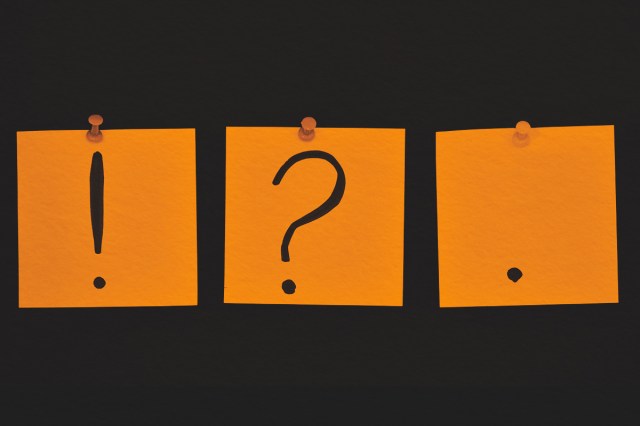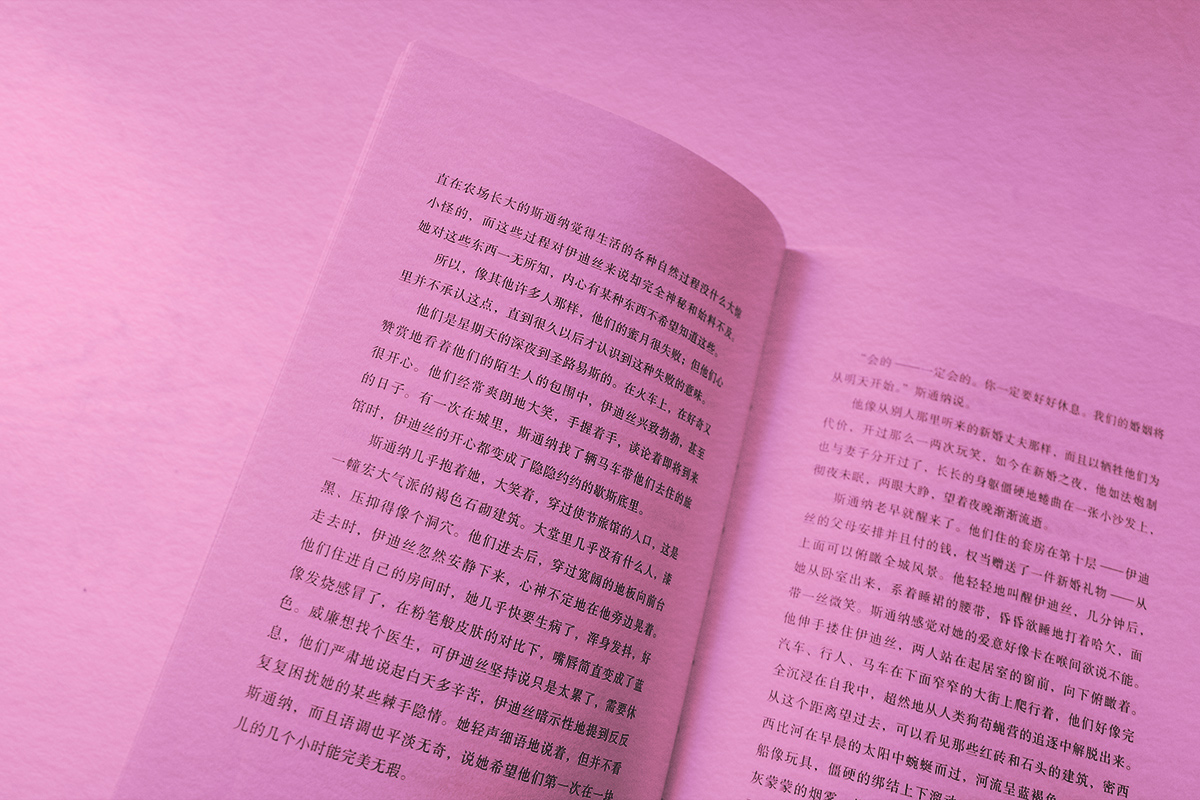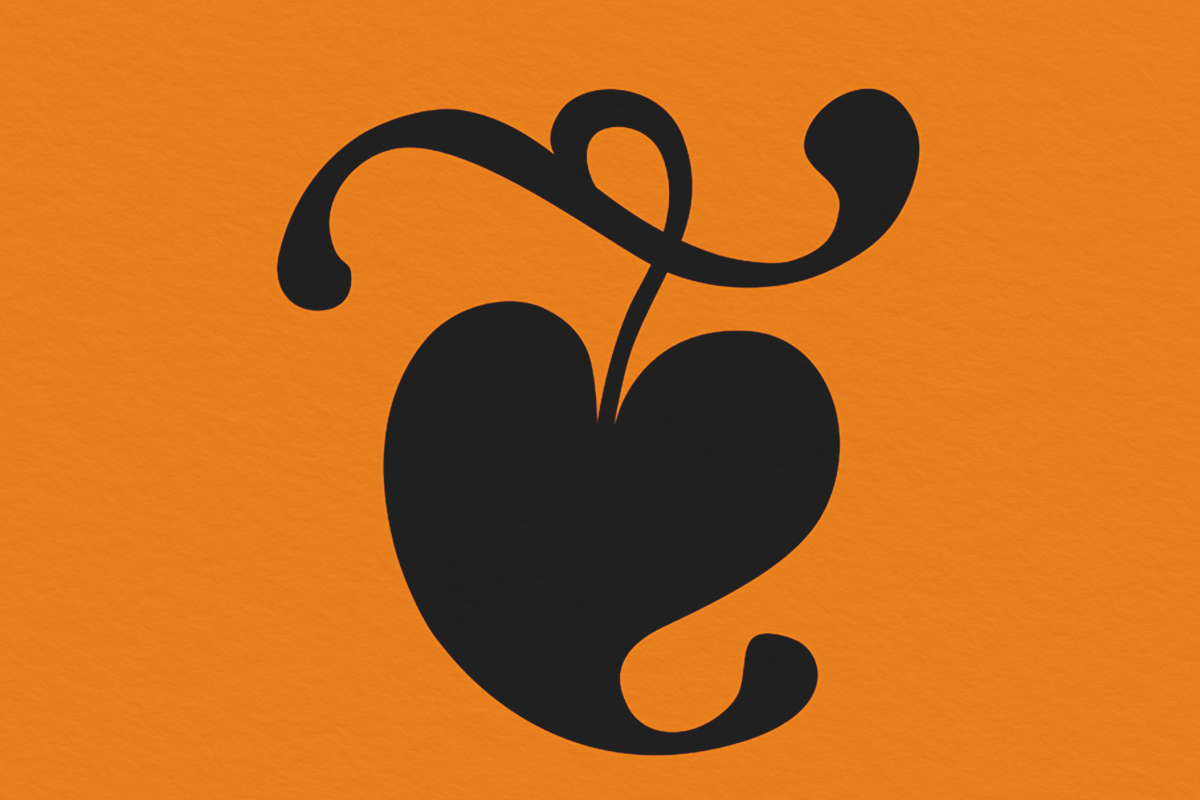
CANYOUREADTHISIBETITSHARDWITHOUTPUNCTUATIONITSHARDTOREADEVENSHORTSENTENCES
Can you read this? I bet it’s hard. Without punctuation it’s hard to read even short sentences. Initially, ancient Greek was written in all caps with no punctuation or spacing. We even find inscriptions from ancient Rome written in all caps with only small dots breaking up the words. Speech, especially the eloquent and persuasive speech of politicians and elected officials, was valued more highly than the written word. But now punctuation makes all the difference. For example, the versatile “OK” can be a question (“OK?”), an agreement (“OK.”), or an exasperated exclamation (“OK!”). So, where did these punctuation marks come from?
Aristophanes of Byzantium, a third-century BCE Greek grammarian, introduced punctuation marks based on three dots, placed in high, middle, and low positions after a letter, designating the end of different types of sections — what we would now call sentences, paragraphs, and perhaps chapters as the longest sections. The dot system was adopted by the Romans and developed by using additional points to separate each word. Aristophanes’ system of dots was further expanded through the rise of Christianity in the fourth and fifth centuries. To spread the word of God, Christians preferred the written word, made clearer with punctuation.
In the seventh century, Archbishop Isidore of Seville updated Aristophanes’ system, rearranging the dots so that pauses were short (low dot), medium (middle dot), or long (high dot) — our comma, colon, and period, respectively. Isidore’s breakthrough was to associate punctuation with meaning for the first time. The archbishop’s system used dots within sentences, and ends of sentences might have been marked with a group of two or three dots.
The question mark evolved from the punctus interrogatives created by eighth-century English scholar Alcuin of York, used to signal an upward inflection at the end of a sentence. The original form was a diagonal line above the last letter of the last word in a sentence, but it eventually morphed to the curled question mark we use today. The exclamation mark is from the Latin io, meaning “joy,” which medieval scribes wrote at the end of a sentence to express that emotion. In all caps, an “I” with an “O” below it (to save space) became the exclamation mark, with the “O” shrinking to a dot over time.
In 1494, Italian printer Aldus Manutius invented the semicolon. Its initial purpose, a pause the length between that of a comma and a colon, was revealed in its very form, combining half of each of those marks. Manutius also notably contributed to the development of punctuation by writing on its main purpose: clarifying syntax.
By the height of the Renaissance, a hodgepodge of punctuation marks were found across writings, but the Gutenberg Bible, published around 1455, changed all that. Within 50 years of that publication, most punctuation marks that we use today were established, likely due to the increased use of the printing press. However, the rules guiding the usage of punctuation marks wouldn’t become standardized for some time.
Those rules were established by the 17th century. A period (.) marks the end of a complete sentence or to mark abbreviations. The colon (:) indicates the beginning of a list, summary, or quotation. As it was originally intended with its pause length, the semicolon (;) serves a job halfway in between a comma and a period; it can substitute a period between two grammatically complete sentences that are closely connected. A comma (,) serves many roles. It can indicate a pause, going back to the original use of dots, and it can separate items in a series. It also may be used to set off information or before a coordinating conjunction (such as “and” or “but”) and a complete clause. Standard English language punctuation marks also include quotation marks, apostrophes, hyphens, dashes, parentheses, ellipses, and more, and the rules are detailed and contain many exceptions.





















